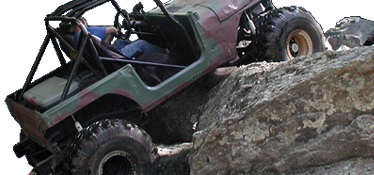BIGWOODY
Well-Known Member
- Joined
- Mar 21, 2005
- Location
- Thomasville
Why does mine go through two sets of rear tires for every set of front tires? I've tried adjusting pressure up and down and it makes no difference. They aren't wearing unevenly, but they are wearing fast as hell. I've tried cheap tires and expensive ones about 15-20k and it needs rear tires. My other option is to go to 19.5's I guess. Its an 01, 2wd CTD, 6spd, drw. 95% of the time it is driven it has a trailer behind it (not more than 6000 lbs total). Any thoughts???
And yes I've tried driving it like an old lady too...
And yes I've tried driving it like an old lady too...





 And I'm kinda glad you didn't design I-40 or it might be worse.
And I'm kinda glad you didn't design I-40 or it might be worse.


 Someone hold this cat while I soak it and stroke all it's hair backwards!!!
Someone hold this cat while I soak it and stroke all it's hair backwards!!!